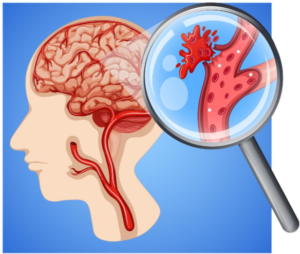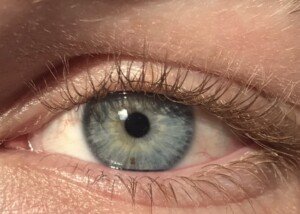
Are you a weightlifter or runner with an unruptured, newly coiled aneurysm?
Just what does “return to full activities” really mean?
Exercise is encouraged by surgeons who clip or coil brain aneurysms, but the term “exercise” needs to be defined.
Patient Recovered from Coiling or Clipping of an Unruptured Brain Aneurysm: Exercise Guidelines Including Weightlifting
“Six months after treatment, I do not put my patients on any restrictions,” says Farhan Siddiq, MD, a neurosurgeon with University of Missouri Health Care.
“There are no activity or weight-limiting restrictions,” continues Dr. Siddiq.
“I encourage patients to resume normal life and be active. I encourage daily exercise of whatever degree they prefer. I have not had any patients have any problems with that.”
So if you were, prior to the discovery of your cerebral aneurysm, a bodybuilder, kickboxer, Crossfitter, skier, rock climber, mountaineer or marathon runner, you can resume these activities full-force after the six month mark.

If you were never into any intense exercise, you can certainly take it up, be it powerlifting, high intensity interval training, judo, whatever you please.
Don’t let your coiled or clipped aneurysm stop you.
Dr. Siddiq adds, “If coiling or clipping is inadequate or if a patient may require later treatment, then I might recommend some restrictions; but that is very rare.”
What About Short Term Exercise Guidelines for Clipped or Coiled Brain Aneurysms?
Avoid lifting anything more than 10 pounds for three days after the coiling or clipping.
It’s important to discuss lifting and activity restriction with your doctor for the short-term.
This includes a month out, and six months out, from the procedure.
But remember, you’ll need to wait six months, depending on the intensity of the exercise, to resume certain high-level activities.
This excludes easier activities such as gardening and brisk walking.
But you would have to wait six months to resume pushing your limits with big strength training moves such as the barbell squat and bench press.



























